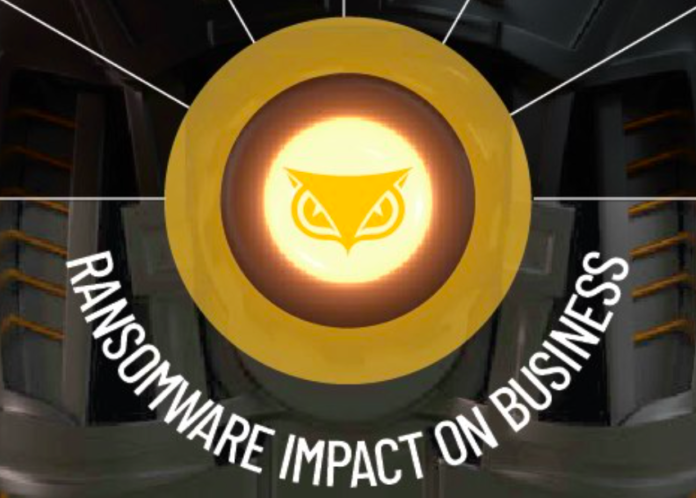Among organisations who opted to pay a ransom demand to regain access to their encrypted systems, 28% reported that some or all of the data was corrupted during the recovery process, according to Cybereason.
The company tapped Censuswide, which conducted the study in April, covering 1,263 cybersecurity professionals from the United States, United Kingdom, Spain, Germany, France, United Arab Emirates, and Singapore.
In Singapore, 100 companies were surveyed and 25% of businesses that chose to pay a ransom demand suffered a second ransomware attack, often at the hands of the same threat actor group.
Findings from Singapore show that 25% of organisations reported significant loss of revenue following a ransomware attack.
Also, 37% of businesses that paid a ransom demand shelled out between US$140,000 to $1.4 million, while 5% paid ransoms exceeding $1.4 million.
Two in every five (40%) organisations indicated that their brand and reputation were damaged as a result of a successful attack and 13% reported losing C-Level talent as a direct result of ransomware attacks.
Further, 13% reported being forced to layoff employees due to financial pressures following a ransomware attack while 20% reported that a ransomware attack forced the business to close down operations entirely.
“Ransomware attacks are a major concern for organisations across the globe, often causing massive business disruptions including the loss of income and valuable human resources as a direct result,” said Eric Nagel, Cybereason’s general manager for the Asia-Pacific region.
“With the attack on a major insurer’s operations in Asia in May this year, we have seen first-hand the adverse effects of ransomware and how it can disrupt business operations, not just locally, but on a regional level,” sai Nagel.
Leslie Wong, Cybereason regional VP for APAC, added that Singapore businesses must understand that paying a ransom demand does not guarantee a successful recovery, does not prevent the attackers from hitting the victim organisation again, and in the end only exacerbates the problem by encouraging more attacks.
“Getting in front of the threat by adopting a prevention-first strategy for early detection will allow organisations to stop disruptive ransomware before they can hurt the business,” said Wong.
















